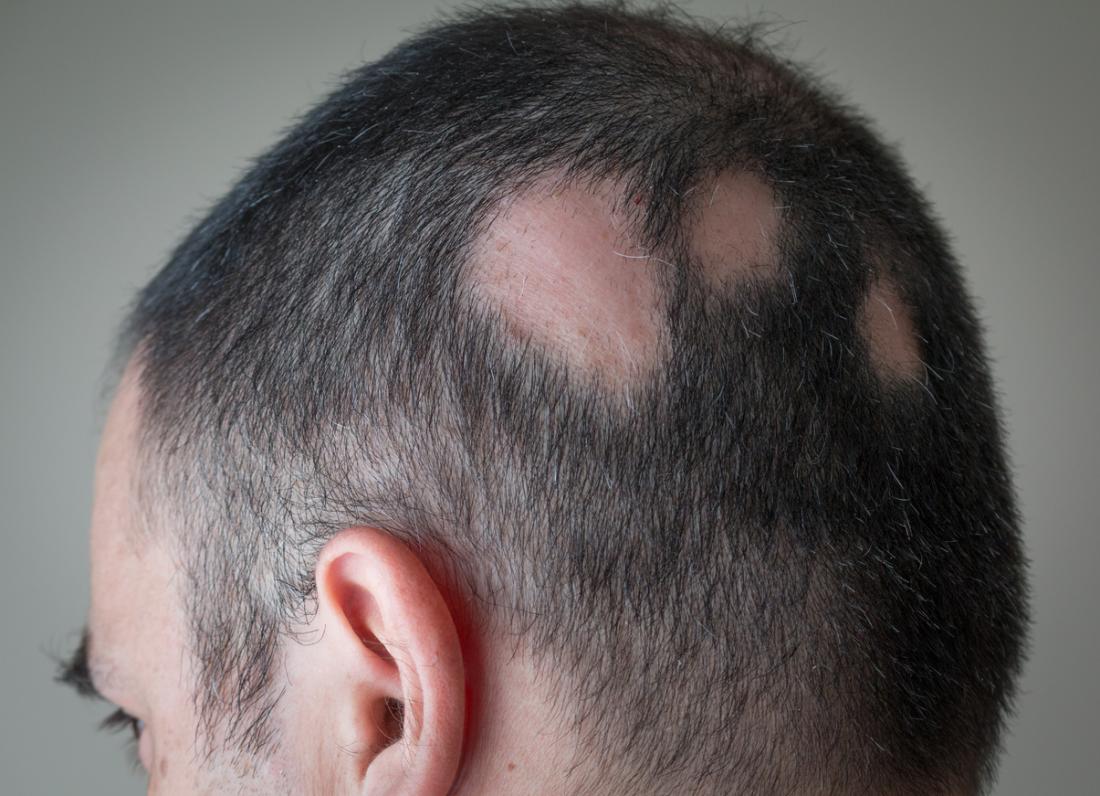Pulse of Information
Your source for the latest insights and updates.
When Locks Go AWOL: Understanding Hair Loss
Discover the surprising causes of hair loss and learn how to regain your confidence in our eye-opening guide to understanding your locks.
Causes and Myths: What Really Leads to Hair Loss?
Understanding the causes of hair loss is essential for addressing the issue effectively. Several factors contribute to this common concern, including genetics, hormonal changes, and environmental influences. Among the most prevalent causes is androgenetic alopecia, often referred to as male or female pattern baldness. This hereditary condition is characterized by a gradual thinning of hair and is typically influenced by age and hormonal levels. Other factors, such as stress, medical conditions like thyroid disorders, and nutritional deficiencies, can also play a significant role in hair loss.
Despite the numerous factors linked to hair loss, many myths about hair loss persist in popular culture. For instance, one widespread myth suggests that frequent shampooing can lead to hair thinning. However, washing your hair is not a cause of hair loss; instead, it helps maintain scalp health. Another common misconception is that wearing hats can cause baldness. In reality, hats do not affect hair follicles or growth; they might simply create temporary hair flattening. Debunking these myths is crucial for fostering a better understanding of hair health and encouraging effective solutions to combat hair loss.

Understanding Alopecia: Types, Symptoms, and Treatment Options
Alopecia is a medical term that refers to hair loss, which can manifest in various forms and affect individuals differently. The most common types of alopecia include Androgenetic Alopecia, often known as male or female pattern baldness, which is hereditary and typically occurs gradually. Another significant type is Alopecia Areata, an autoimmune disorder that results in sudden hair loss in patches. Other types include Alopecia Totalis, where all scalp hair is lost, and Alopecia Universalis, which results in the loss of hair all over the body. Understanding these types is crucial for identifying symptoms and seeking appropriate treatment options.
The symptoms of alopecia can vary depending on its type but may include noticeable bald spots, thinning hair, or total loss of hair on the scalp and body. Individuals suffering from alopecia are often concerned about the visible effects, which can lead to emotional and psychological distress. Treatment options for alopecia include topical medications like minoxidil, corticosteroid injections, and even light therapy. In some cases, individuals may explore alternative therapies or hair transplant surgeries. It is essential for anyone experiencing hair loss to consult a healthcare provider for a proper diagnosis and personalized treatment plan.
The Connection Between Stress and Hair Shedding: What You Need to Know
The connection between stress and hair shedding is a significant concern for many individuals. In today's fast-paced world, stress has become an unavoidable part of life, and its effects can manifest in various physical symptoms, including hair loss. When the body experiences stress, it triggers a reaction in the hair growth cycle, often leading to a condition known as telogen effluvium. This condition causes hair to prematurely enter the shedding phase, resulting in noticeable thinning and loss of hair over time. Understanding this link is crucial for anyone experiencing unexpected hair shedding after stressful events.
To combat the effects of stress on hair health, it's essential to adopt effective stress-management techniques. Some beneficial practices include:
- Regular Exercise: Engaging in physical activity can reduce stress levels and improve overall well-being.
- Meditation and Mindfulness: Techniques focused on mindfulness can help calm the mind and alleviate stress.
- Professional Help: If stress becomes overwhelming, seeking support from a mental health professional can be beneficial.
By addressing stress proactively, you can potentially minimize its impact on your hair and restore your confidence in your appearance.